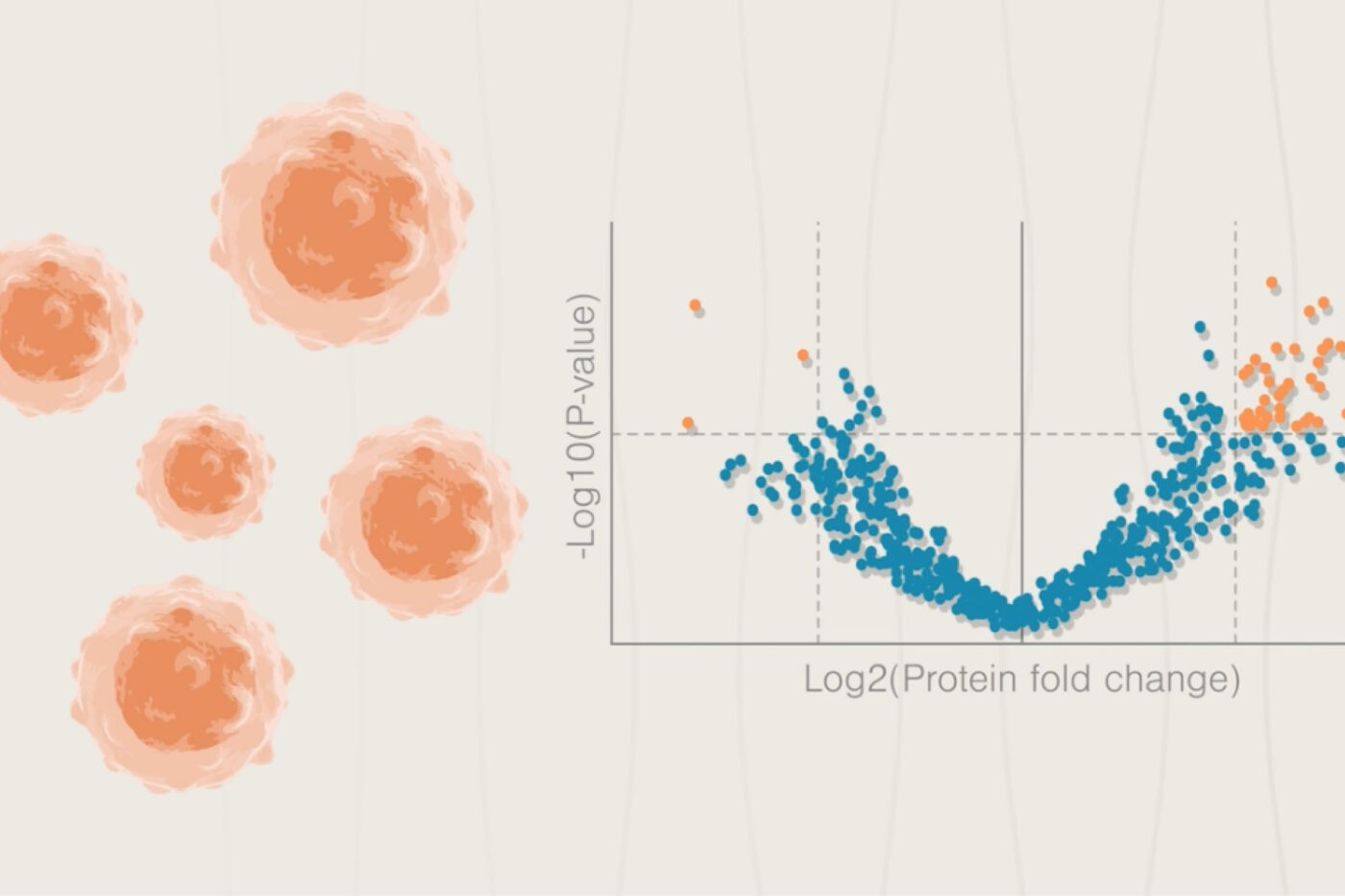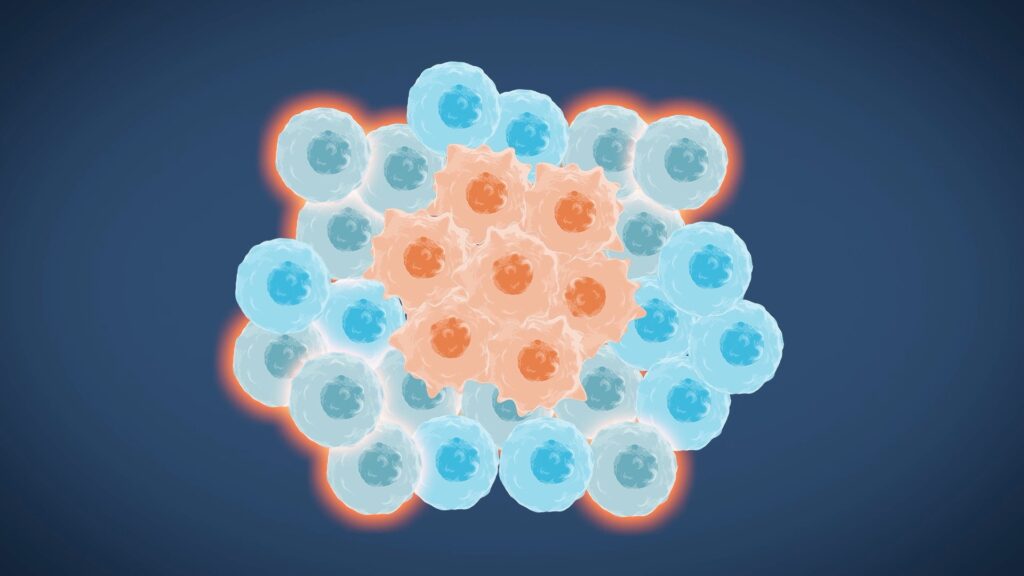
Animation – Unlocking the potential of proteomics to fuel cancer research
Nautilus Biotechnology
August 6, 2024
Leveraging powerful genomics tools, researchers have learned much about the genetic alterations associated with cancer. In some cases, this has led to the successful development of precision medicines targeting cancer, but these are only effective for a subset of patients. Building on genomics studies and leveraging proteomics tools, researchers have discovered that proteins and protein networks drive cancer biology in ways that are not obvious from genomic mutations alone. In this animation we discuss the following:
- Chapter 1 (01:26) – How changes in the proteome enable resistance to cancer therapies
- Chapter 2 (02:14) – How the proteome of the tumor microenvironment impacts cancer
- Chapter 3 (02:57) – How proteomic differences impact therapeutic responses
How changes in the proteome enable resistance to cancer therapies
Many cancers develop resistance to treatment as mutations accumulate. In these cancers, resistance mutations and un-related passenger mutations are often present in the same cells, making it hard to identify key resistance pathways. Proteomics can reveal the biological pathways driving resistance and guide the development of methods to combat it.
Learn more about using proteomics to move beyond driver mutations.
How the proteome of the tumor microenvironment impacts cancer
Identifying cancer driver mutations can guide the development of therapies, but tumors don’t exist in isolation. Non-mutated cells in the tumor microenvironment can respond to and support cancer growth. Since changes in DNA will not necessarily dictate these responses, researchers can use proteomics to uncover active microenvironmental pathways and identify new therapeutic targets.
Learn how researchers are using proteomics to study the tumor microenvironment.
How proteomic differences impact therapeutic responses
Precision medicines target cancer based on patient biology, but many patients don’t respond. To understand why, researchers must compare cancer cells, normal cells, and treatments in responders vs. non-responders. Mutational analyses may offer limited insights, while proteomics may reveal active pathways that can be targeted to improve outcomes.
For more insights into the impacts of proteomics in cancer research, download our eBook.
MORE ARTICLES



